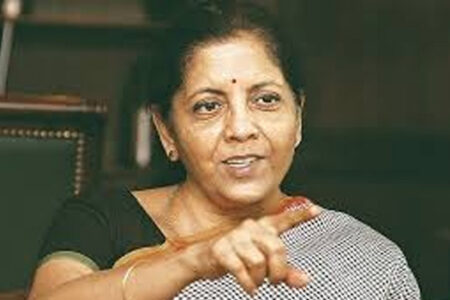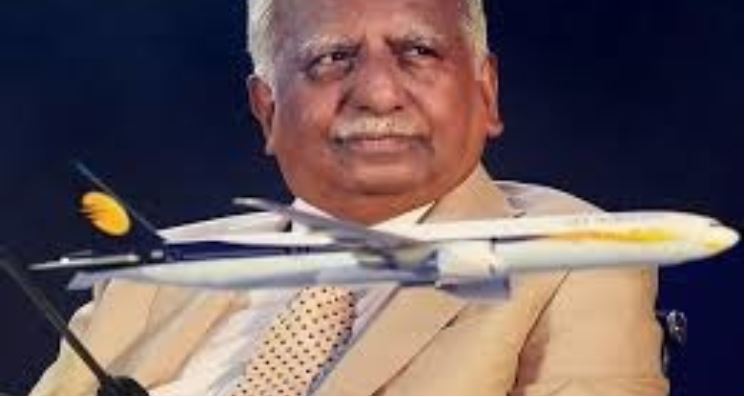As West Bengal gets ready for the mother of all poll battles, let me narrate my first close-up view of a Mamata Banerjee in the making. The year was 1993 when Jyoti Basu reigned as Chief Minister of the Marxist bastion from Writers’ Buildings, the colonial-era red brick building that housed the state secretariat.
(Banerjee shifted the secretariat to a building in Howrah across the river after coming to power).
Business papers had not yet turned pink. I had just joined the news bureau of one in Kolkata (then Calcutta) after a year in its features section and was a newbie in the press pen at Writers’. Biman Banerjee, my senior colleague, was mentoring me as a news reporter.
Cut to 7 January, a cold and windy day. The city was calm after the communal riots that followed the 6 December 1992 demolition of the Babri Masjid in Ayodhya. The press enclosure was on the first floor and strategically located opposite the rooms of the Chief Minister and senior colleagues. Through its glass walls, reporters could see the comings and goings of the ministers and their visitors.
Banerjee, then 38, was a junior minister of sports and youth affairs in P.V. Narasimha Rao’s Congress government in the Centre, besides being a Youth Congress leader.
She had parked herself on a sit-in dharna outside Chief Minister Basu’s room, with Dipali Basak, a deaf-mute girl from Phulia in Nadia district, who had allegedly been raped by a local Communist Party of India-Marxist hoodlum. The police had refused to register a criminal case. Banerjee wanted the hoodlum arrested.
When parties talk about being cadre-based, what they mean is that they can mobilize people on the ground. Muscle-power and strongmen are important cogs in the party machine—and the CPM was the dominant force in Bengal at the time. (It’s another story that the street cadre are said to have smoothly switched allegiance to the new masters in the state.)
There was no way the state government would give in to Banerjee’s demand that one such hoodlum be booked. Banerjee had turned up at the Chief Minister’s office in her trademark white cotton saree and hawai chappals with the girl.
The administration claimed Banerjee did not have an appointment. Basu wasn’t in his office. Joykrishna Ghosh, Basu’s all-powerful executive assistant, asked Banerjee several times to leave. Manish Gupta, then the home secretary, could be seen entering and leaving Chief Secretary N. Krishnamurthy’s room quite a few times.
Basu’s room had two doors. Banerjee had blocked the front. Basu could have entered through the other door, but he wasn’t really the kind of man who would do that. By 4 pm, a posse of women police had trooped in and encircled Banerjee and Basak. She was told she would have to leave as the Chief Minister had no time to see her.
Banerjee refused. I also saw Gautam Mohan Chakrabarti, the deputy commissioner who headed the detective department, in the corridor.
At 4.30 pm, the tense stand-off erupted in a brief burst of violence. Banerjee had to be removed as Basu was about to arrive. As she wasn’t going voluntarily, she would have to be removed with force.
It wasn’t a pretty sight. The policewomen yanked at Banerjee’s hair and rained blows on the junior minister and the rape victim with her. Then they hauled a screaming and struggling Banerjee and the girl downstairs stairs to the ground floor, pushed them into a police van and took them to the Lalbazar headquarters of the Kolkata Police down the road.
All through, Banerjee kept screaming, perhaps in pain but also demanding justice for the girl, at the top of her voice, and hurling abuse at the Left Front government for refusing to arrest the rapist.
The police stopped reporters from following her down the stairs. There was a lathi charge and quite a few cameras were smashed. We watched from the balcony as the van carrying her sped away.
Basu was also in charge of the home ministry, while Buddhadeb Bhattacharjee, who later became Chief Minister, was in charge of information and cultural affairs. Bhattacharjee had the press enclosure dismantled and created a press room at almost the other end of the long verandah. We boycotted the state secretariat for the next three days. Reporters were cooped up in a room and could no longer keep a close eye on what was happening in the state secretariat.
I don’t remember whether there was a bandh call given by Banerjee the next day, but the roads were blocked, trains stalled, state buses were damaged and police fired and lobbed teargas cells to disperse mobs at various places in Kolkata.
Six months later, on 21 July, there was a Bengal bandh. Banerjee led a huge contingent of Youth Congress activists demanding that electoral photo identity cards be made mandatory for voting to prevent alleged bogus voting by the CPM cadre. Banerjee was stopped at the Tea Board building on Brabourne Road, about 100 metres from Writers’ Buildings.
The plan had been for Youth Congress activists to approach Writers’ Buildings from several directions, led by Banerjee and other Congress leaders such as Saugata Roy and Madan Mitra, to lay siege to the state secretariat.
But some officer lost his head and the police opened fire in Esplanade, leaving the road littered with dead bodies. At least 13 people were killed in police firing that day.
Tushar Talukdar was Calcutta’s police chief and Abani Mohan Joardar his deputy commissioner. Joardar would later contest assembly elections on a Trinamool ticket in 2011, as would Manish Gupta, who retired as chief secretary. Both won, Gupta by defeating Buddhadeb Bhattacharjee.
Since then Trinamool Congress holds the Martyr’s Day Rally on 21st July every year to commemorate the 1993 Kolkata firing.
In September 1993, a local paper reported that Basak, the rape victim, had given birth to a girl at an ashram near Dhapa, off Kolkata’s Eastern Metropolitan Bypass. Banerjee wasn’t mentioned in the report. Basak died in March 2009 after being bitten by a snake. Her mother, Felani, till recently was living in Phulia in Nadia. Basak’s daughter has grown up at the ashram. Basak did not live to vote for Mamata’s poriborton (change); her mother did. Her daughter, too, probably cast her vote.
I don’t know whether Banerjee ever met Basak or her daughter after that day, when the girl cowered under the aanchal of her champion’s white saree.
West Bengal Chief Minister is a poet, painter, novelist and music composer beside being a feisty street-fighter politician. She is probably fighting her toughest election battle. The party is projecting her as Banglar meye (Bengal’s daughter) to cash in on arch-foe Bharatiya Janata Party’s identification with north Indian leaders.
“Khela hobe, dekha hobe, jeta hobe…(Game on, we will see, we will win), Banerjee had announced last Friday as she released the list of TMC candidates for the March-April Assembly elections.
On Sunday, Prime Minister Narendra Modi was quick to spin the word “khela” (game): “TMC ka khela shesh. Khel khatam, vikas shuru (TMC’s game is over. The game ends, development begins)”.
Wish the khela that will be played in West Bengal were an eight-match series – full of fun. Unfortunately, that seems to be not the case. Even voters may need to wear helmets to watch this khela.
This is an updated version of what I had written in livemint.com in September 2012



